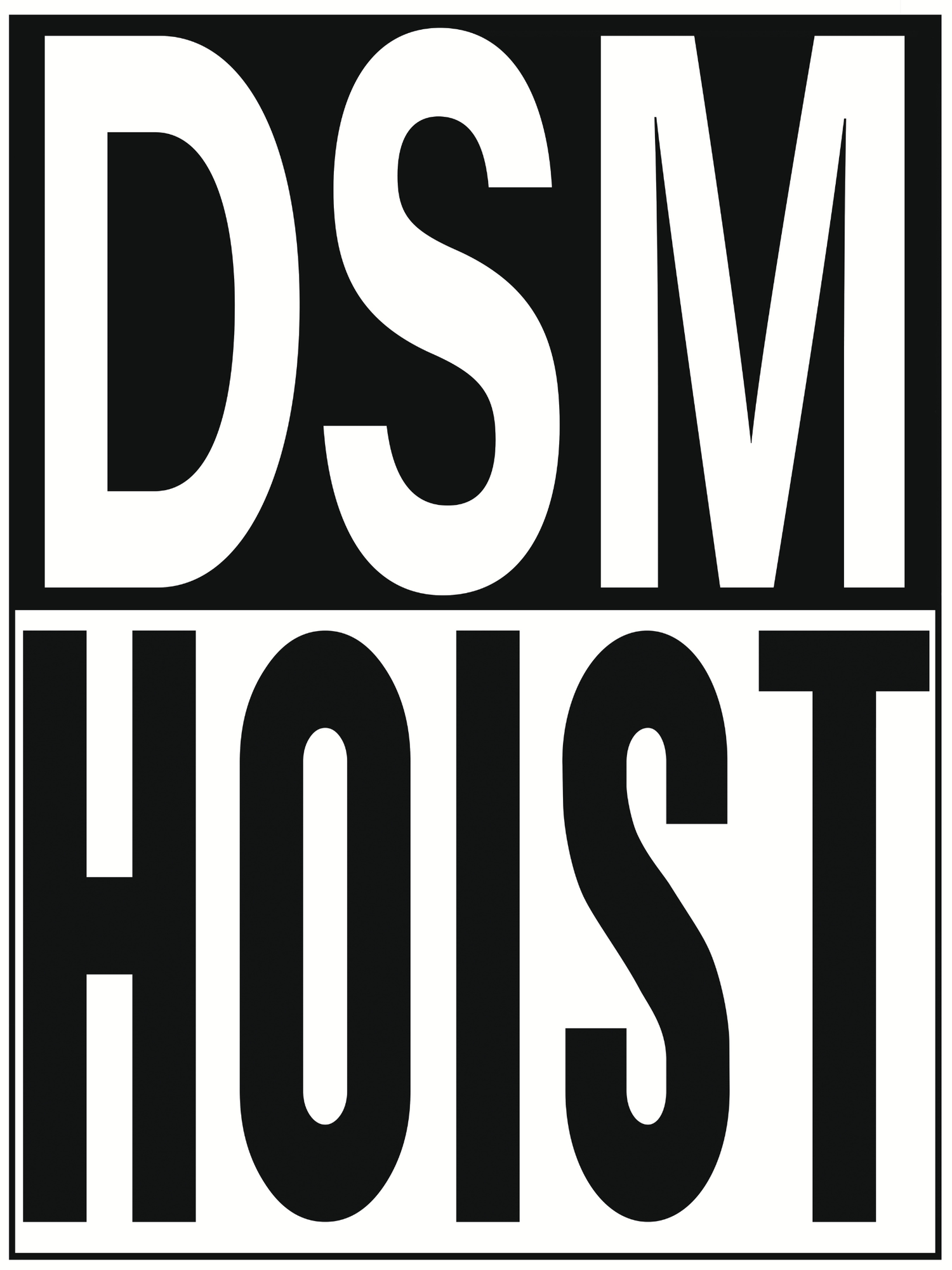First, because overhead lifting technologies handle the heavy lifting, they eliminate the ergonomic strains and exertions associated with manually lifting, pushing, or pulling heavy loads. Solutions exist for loads from 50 pounds to over 100 tons or more, preventing physical injuries.
Secondly, overhead lifting systems reduce the need for floor-based load movement technologies. Restricted to a specific zone within an operation and operated solely in a facility’s overhead space, these solutions significantly reduce employee exposure to potential accidents caused by such vehicles navigating loads through tight spaces.
Third, overhead lifting solutions move along predictable travel paths at controlled speeds. To maximize productivity and reduce the risk of collisions, overhead lifting systems navigate in a predictable path at a steady pace. Integrated safety devices, such as audible alarms and flashing lights, alert workers to the overhead system’s operation for additional safety.
Fourth, a variety of devices further enhance and ensure the safe operation of overhead lifting technologies. These include smart crane technologies that intuitively predict a problem, such as excessive load sway, collisions, off-center lifts, or snags; sway control technologies that predict and counteract the natural pendulum effect that occurs when starting or stopping load motion; limit switches, digital lasers, and encoders that restrict crane travel to specific facility zones; collision avoidance systems; and detection systems that alert an operator to an off-center or snagged load.
Tip my hat/+link to the AUTHORs of this writing
Thank you to these knowledgeable people for their great analysis regarding Heavy Material lifting options and the benefits of choosing Overhead workstations in the warehouse environment.
Tagged: hoist in warehouse, monorails and warehouses, Hoist vs forklifts

